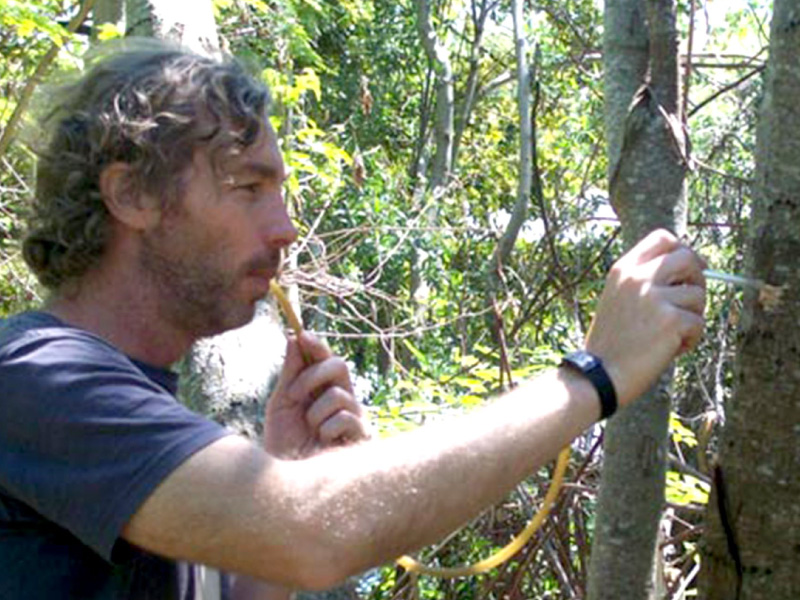20 May Wasmannia auropunctata (Little fire ant)
Wasmannia auropunctata (Little fire ant)
The little fire ant is a pest, not only in some places in its native range (Colombia and Brazil), but also in new invaded areas: Caribbean and Pacific Islands, Subtropical Atlantic Islands, the USA and West Africa.
Its presence has been associated with the reduction of the diversity of ants, the decrease of flying and arboreal insects, and the elimination of populations of arachnids, as well as attacks on native reptiles, birds and mammals. Currently, only toxic baits are used for its control. The only known natural enemy, a parasitoid micro-hymenopteran, was only found in the Caribbean islands, Costa Rica, Colombia, Ecuador, Venezuela, Guyana, and Suriname, and is therefore believed to be specific to the tropical lineage. Furthermore, its use has been questioned because it does not seem to control the abundance of the little fire ant and because of the damage caused to plant leaves that are used as oviposition substrates. Consequently, there is an immediate need to discover more effective agents or other factors that allow its control. The objectives of this project are (1) to focus the search for natural enemies in areas of greater genetic diversity of the subtropical-temperate lineage, (2) to determine if the two lineages are different cryptic species, and (3) to determine the main factors that determine its success as invader in its area of introduction.
Staff:
Luis Calcaterra
Cooperators:
Steven Valles y David Oi, CMAVE, ARS-USDA; Viviana Confalonieri y Noelia Guzman, Grupo de Investigaciones en Filogenias Moleculares y Filogeografía (GIFF), FCEN-UBA/CONICET; Pablo Schilman e Ignacio Muñoz, Laboratorio de Ecofisiología de Insectos, FCEyN-UBA/CONICET; Lucila Chifflet, MACN Bernardino Rivadavia/CONICET.




